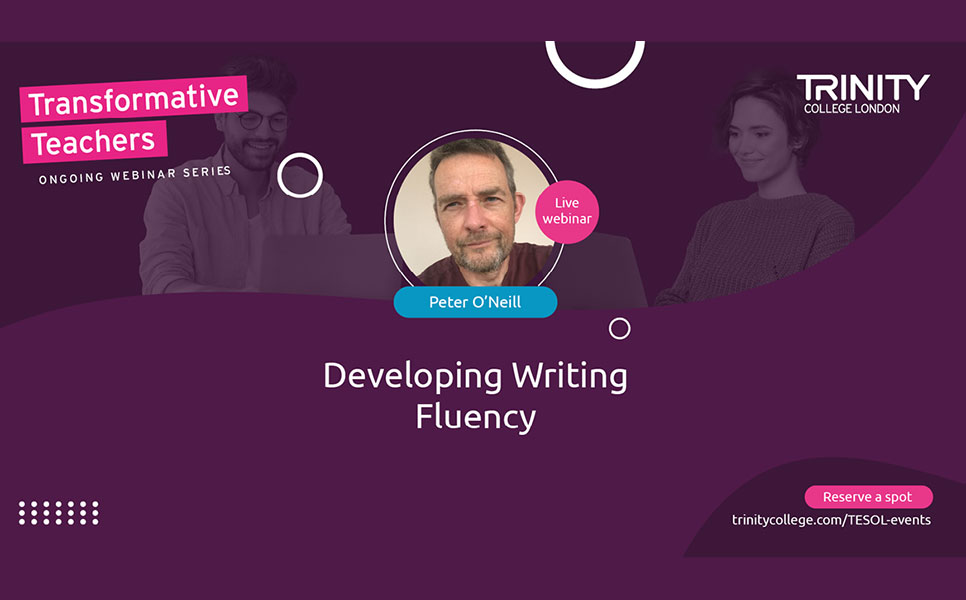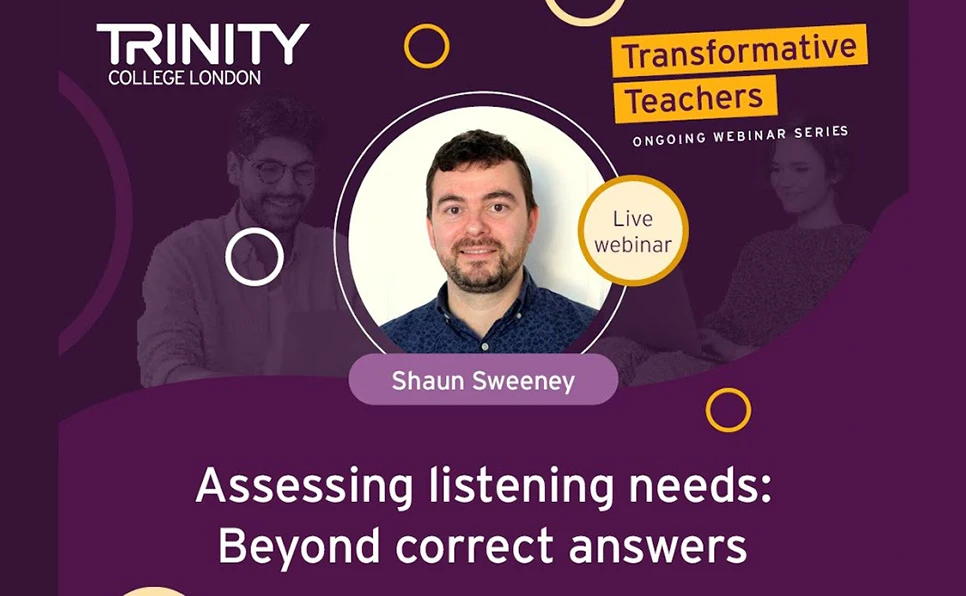The video is about integrated learning and assessment. The speaker discusses the benefits of a blended approach to teaching, learning, and assessment. They also talk about the importance of formative and summative assessment and how to integrate them into the classroom. The speaker provides several examples of how to use formative assessment in the classroom, such as using exit tickets and traffic light cards. They also discuss the importance of providing feedback to learners and adjusting teaching based on their needs. The speaker concludes by saying that the integrated learning and assessment approach is the best way to improve learning outcomes for all learners.
Here are some of the key points that the speaker makes:
- The three key cornerstones of teaching, learning, and assessment are teaching, learning, and assessment.
- Formative assessment is about collecting evidence of what learners know and can do in order to inform teaching and learning.
- Summative assessment is about checking what learners know and can do at the end of a period of study.
- The integrated learning and assessment approach is a combination of formative and summative assessment that is used to plan, measure, and improve learning outcomes.
- The key considerations for implementing an integrated learning and assessment approach are:
- Setting smart learning objectives
- Planning assessment strategies
- Collecting evidence of learner performance
- Providing feedback to learners
- Adjusting teaching based on learner needs
- The speaker provides several examples of how to use formative assessment in the classroom, such as using exit tickets and traffic light cards.
- The speaker also discusses the importance of providing feedback to learners and adjusting teaching based on their needs.
- The speaker concludes by saying that the integrated learning and assessment approach is the best way to improve learning outcomes for all learners.


